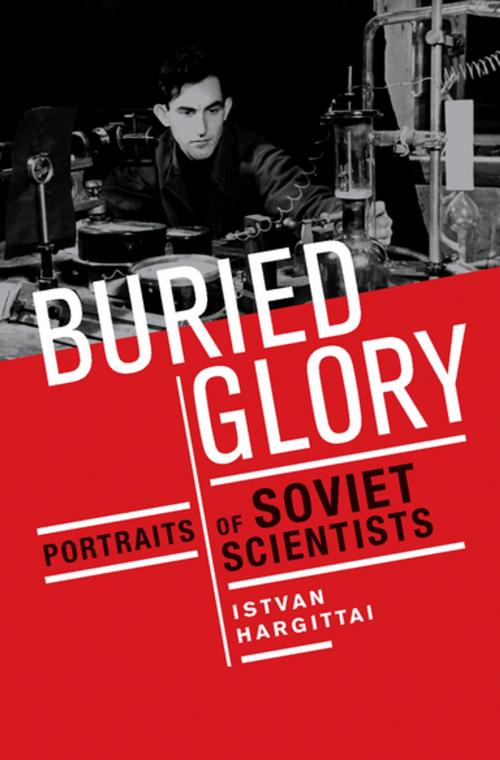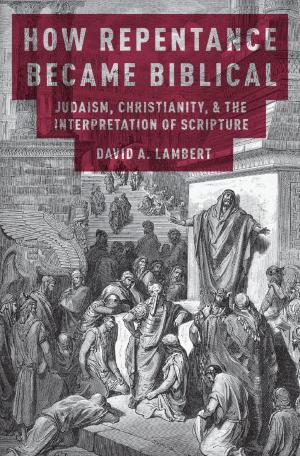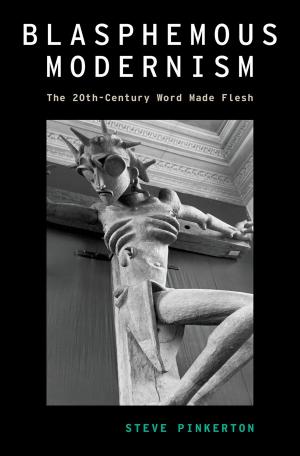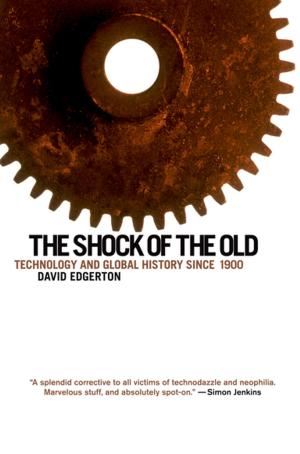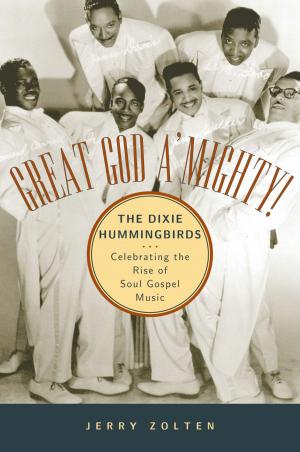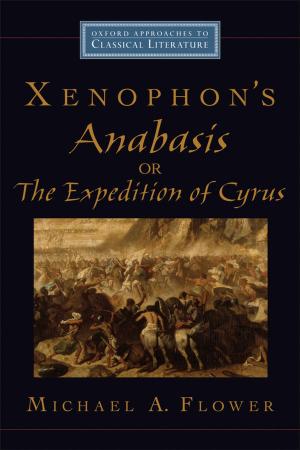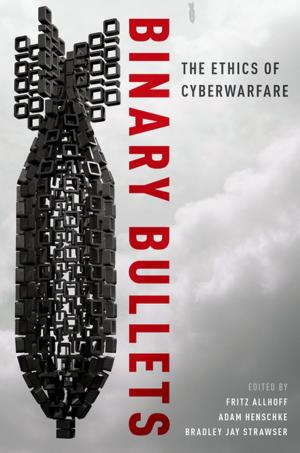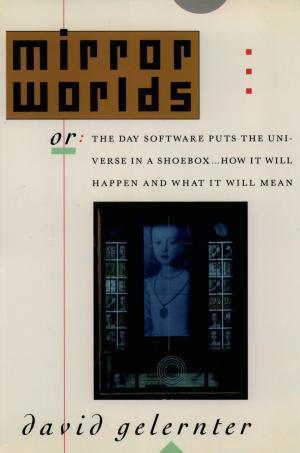Buried Glory
Portraits of Soviet Scientists
Nonfiction, Science & Nature, Science, Other Sciences, History| Author: | Istvan Hargittai | ISBN: | 9780199985616 |
| Publisher: | Oxford University Press | Publication: | September 19, 2013 |
| Imprint: | Oxford University Press | Language: | English |
| Author: | Istvan Hargittai |
| ISBN: | 9780199985616 |
| Publisher: | Oxford University Press |
| Publication: | September 19, 2013 |
| Imprint: | Oxford University Press |
| Language: | English |
Moscow's Novodevichy Cemetery is the final resting place of some of Russia's most celebrated figures, from Khrushchev and Yeltsin to Anton Chekhov, Sergei Eisenstein, Nikolai Gogol, and Mikhail Bulgakov. Using this famed cemetery as symbolic starting point, Buried Glory profiles a dozen eminent Soviet scientists-nine of whom are buried at Novodevichy-men who illustrate both the glorious heights of Soviet research as well as the eclipse of science since the collapse of the USSR. Drawing on extensive archival research and his own personal memories, renowned chemist Istvan Hargittai bring these figures back to life, placing their remarkable scientific achievements against the tense political backdrop of the Cold War. Among the eminent scientists profiled here are Petr L. Kapitza, one of the most brilliant representatives of the great generation of Soviet physicists, a Nobel-Prize winner who risked his career-and his life-standing up for fellow scientists against Stalin. Yulii B. Khariton, who ran the highly secretive Soviet nuclear weapons laboratory, Arzamas-16, despite being Jewish and despite the fact that his father Boris had been sent to the labor camps. And Andrei D. Sakharov, the "father of the Soviet hydrogen bomb" and a brilliant fighter for human rights, for which he won the Nobel Peace Prize. Along the way, Hargittai shines a light on the harrowing conditions under which these brilliant researchers excelled. Indeed, in the post-war period, Stalin's anti-Semitism and ongoing anti-science measures devastated biology, damaged chemistry, and nearly destroyed physics. The latter was saved only because Stalin realized that without physics and physicists there could be no nuclear weapons. The extraordinary scientific talent nurtured by the Soviet regime belongs almost entirely to the past. Buried Glory is both a fitting tribute to these great scientists and a fascinating account of scientific work behind the Iron Curtain.
Moscow's Novodevichy Cemetery is the final resting place of some of Russia's most celebrated figures, from Khrushchev and Yeltsin to Anton Chekhov, Sergei Eisenstein, Nikolai Gogol, and Mikhail Bulgakov. Using this famed cemetery as symbolic starting point, Buried Glory profiles a dozen eminent Soviet scientists-nine of whom are buried at Novodevichy-men who illustrate both the glorious heights of Soviet research as well as the eclipse of science since the collapse of the USSR. Drawing on extensive archival research and his own personal memories, renowned chemist Istvan Hargittai bring these figures back to life, placing their remarkable scientific achievements against the tense political backdrop of the Cold War. Among the eminent scientists profiled here are Petr L. Kapitza, one of the most brilliant representatives of the great generation of Soviet physicists, a Nobel-Prize winner who risked his career-and his life-standing up for fellow scientists against Stalin. Yulii B. Khariton, who ran the highly secretive Soviet nuclear weapons laboratory, Arzamas-16, despite being Jewish and despite the fact that his father Boris had been sent to the labor camps. And Andrei D. Sakharov, the "father of the Soviet hydrogen bomb" and a brilliant fighter for human rights, for which he won the Nobel Peace Prize. Along the way, Hargittai shines a light on the harrowing conditions under which these brilliant researchers excelled. Indeed, in the post-war period, Stalin's anti-Semitism and ongoing anti-science measures devastated biology, damaged chemistry, and nearly destroyed physics. The latter was saved only because Stalin realized that without physics and physicists there could be no nuclear weapons. The extraordinary scientific talent nurtured by the Soviet regime belongs almost entirely to the past. Buried Glory is both a fitting tribute to these great scientists and a fascinating account of scientific work behind the Iron Curtain.
